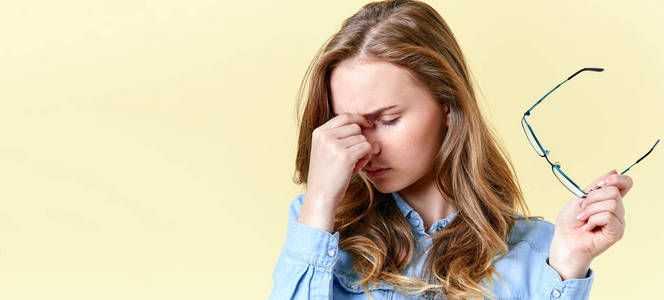Since swimming has such good effects on weight loss and body shaping, why do some people not lose weight after swimming? Senior fitness coach Zhou Kai believes that when discussing the relationship between exercise and weight loss, it is important to understand the relationship between exercise and energy consumption. During exercise, energy consumption occurs in three phases: carbohydrate metabolism, fat metabolism, and protein metabolism, with weight loss being achieved through fat consumption.
1. Insufficient exercise
Some people may not see good weight loss results after swimming because of insufficient exercise. In the beginning, swimming is at the anaerobic exercise stage. Energy consumption mainly relies on anaerobic glycolysis of carbohydrates; this stage of exercise is intense, causing shortness of breath and insufficient oxygen supply, meaning fat is not utilized at all. In the following hour, under moderate intensity exercise, the energy supply comes from aerobic metabolism of carbohydrates. To lose weight, each swimming session should last over 40 minutes before fat begins to be consumed.
2. Uncontrolled diet after swimming
As for why swimming might lead to thicker layers of fat, only professional swimmers who train long-term in water adaptively increase their subcutaneous fat thickness to prevent heat loss. For ordinary swimming enthusiasts, swimming does not lead to fat gain; rather, it is the lack of dietary control after swimming that prevents weight loss. People often experience “compensatory recovery” after exercise. Overweight individuals often feel hungrier after swimming and consume more energy, which can be counterproductive.
3. Correct posture yields better results
Swimming coach Wu Jing points out that technical actions in swimming are very important. If the technical actions are not standardized, it not only fails to achieve the exercise goals, but also the muscles intended for training do not get exercised, which is what people often refer to as training “incorrectly.” For example, swimming mainly relies on the strength of the legs. Strengthening the legs plays a key role in performance, but many people focus only on arm movements while hardly using their legs. As a result, swimming becomes tiring, and the legs that could provide propulsion instead become a burden.


